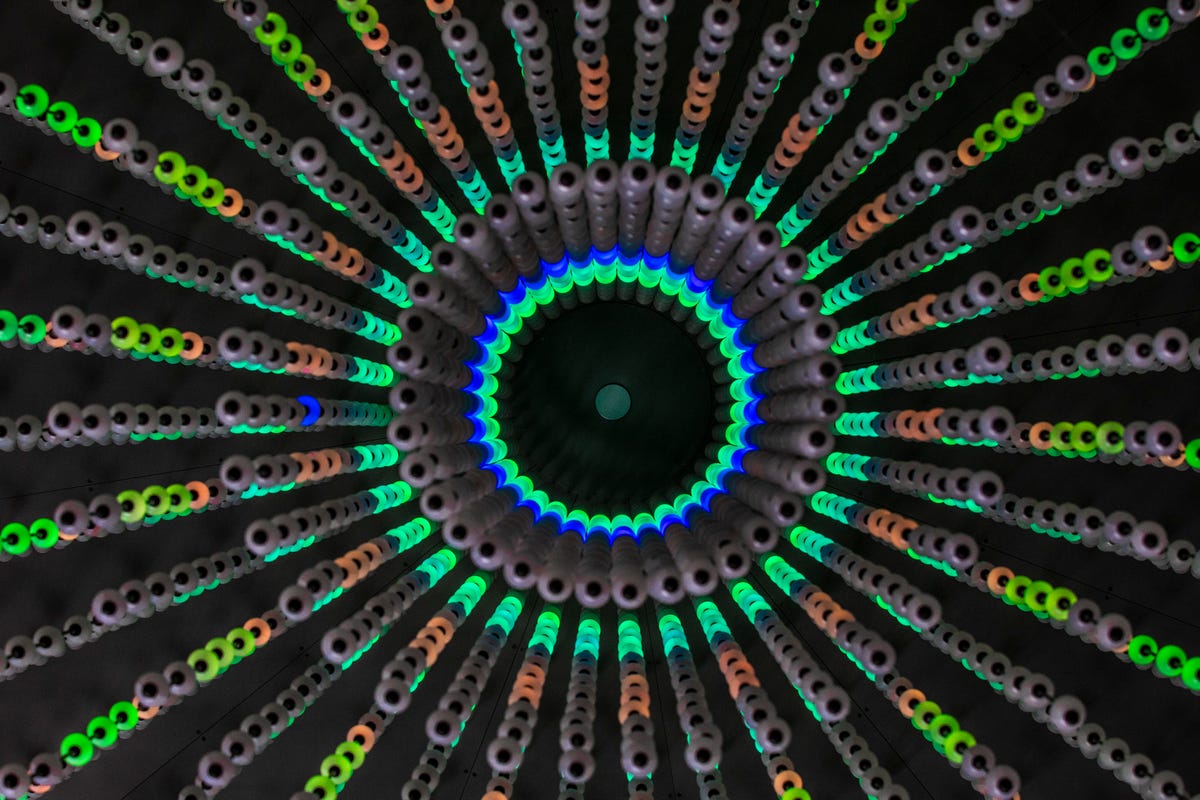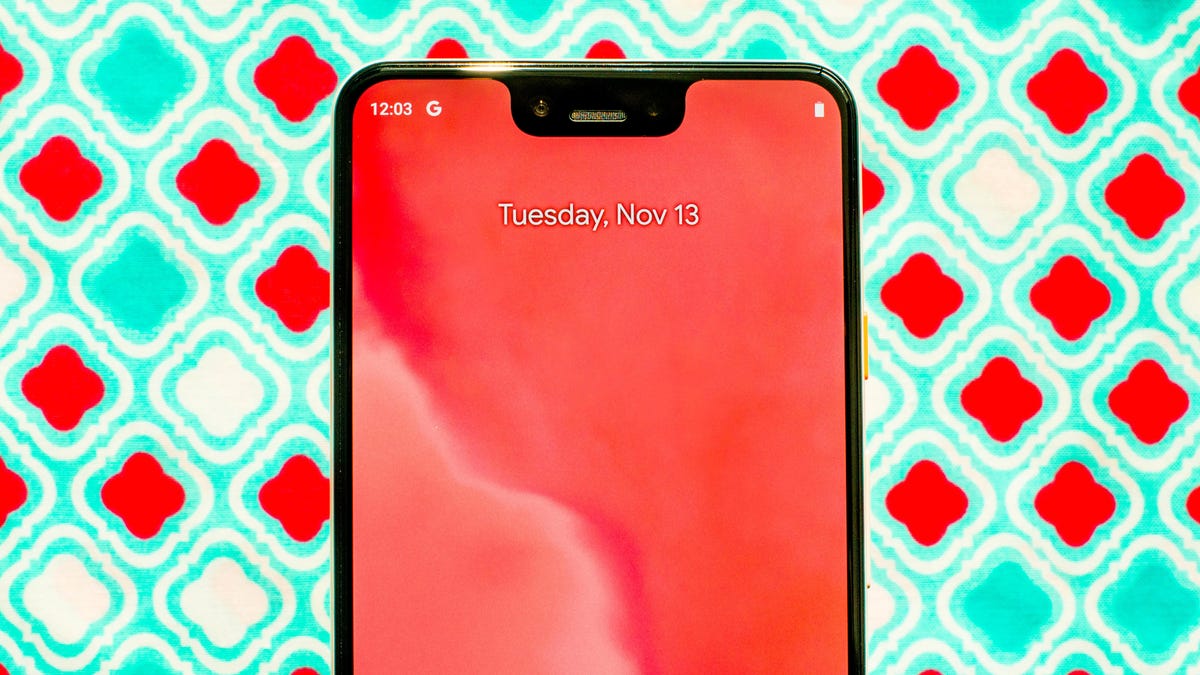When one of the biggest “innovations” in smartphones in 2018 was the addition of a notch on the display, you know the industry has hit a rut.
With fewer big technical leaps between generations, there’s plenty of evidence that consumers are starting to hit the snooze button on upgrading their phones. A year ago, smartphone sales fell for the first time, and they’ve continued to be on the decline despite one of the best lineups ever. Consumers aren’t embracing Samsung’s latest flagship smartphones, which come with only modest updates, and Apple has ceased reporting its iPhone unit sales numbers.
That’s poised to change in 2019. There are enough big upgrades worth talking about, from the advent of 5G (finally) to the debut of flexible, foldable smartphones. The completion of the merger between T-Mobile and Sprint — still not a guaranteed deal yet — could also shake up pricing plans and dynamics between carriers. Lastly, the ultimate fate of Huawei, which got thrown in the air when Wangzhou Meng, the company’s chief financial officer, and daughter of its founder, was arrested by Canadian authorities.
“Next year will be different,” said Gartner analysts Mark Hung.
Here’s a rundown of what we expect in the coming year, including tons of buzz at CES.
5G
In a discussion about mobile, how can you not talk about 5G? The technology will get a decent kickoff at CES 2019, but you can expect the momentum to build through the year as carriers switch and more and more advanced cellular towers go up.
Ever since Verizon said, three years ago, that it was going to start field-testing 5G, the term’s been one of the hottest buzzwords in tech history. The huge bandwidth boost, responsiveness, and ability to handle multiple devices with varying connection speeds is poised to change our lives — one day.


5G is going to change your life — one day.
James Martin/CNET
Though carriers have all committed to a healthy number of launch markets, there’ll be a race to see who can get to scale fastest. T-Mobile said it was committing to a nationwide network build-out by 2020.
Before it can expand its early rollout, Verizon needs to move beyond its proprietary standard for the home broadband service and adopt the industry-standard 5G specifications. The company has declined to provide more specifics on its roll out.
On the product side, look to giants like Samsung to go big with 5G, which is expected to roll out on multiple devices, including one version of the company’s flagship Galaxy S10. OnePlus also said it expects to be among the first with a 5G smartphone, and Sprint and LG have vowed to launch the first 5G smartphone in the US.
Foldable phones
Foldable phones are either a gimmick or the next wave of mobile device design. But if nothing else, they add a new wrinkle and shake up the standard slab of glass or metal.
Samsung offered a brief glimpse at its prototype foldable phone, and it’s likely we’ll see the real deal early next year. The folding mechanism may be little more than a novelty at first, but so was the curved display introduced in the Galaxy Round smartphone five years ago.
Samsung provided a brief glimpse of its next big innovative phone.
Eventually, that curved display technology made its way to Samsung’s flagship Galaxy Note line, and it’s standard on all Galaxy S phones.
The key will be whether developers decide to take advantage of the fold-out screen — that’s why Samsung first showed off the phone at its developer conference.
“Any time you have a significant departure on form factor, that engenders a lot of different products,” Hung said. “There will be a lot of experimentation.”
Patrick Moorhead, an analyst at Moor Insights, hopes that experimentation involves larger foldable devices that go from a tablet to a full-fledged laptop.
Samsung likely won’t be alone. The FlexPai from startup Royole is the first foldable phone to hit the market, though it’s unlikely you’ll ever see it outside of China. Huawei and Lenovo are also working on foldable phone technology, and more companies will probably hop on the bandwagon.
T-Mobile-Sprint?
The will-they-won’t-they romance of the wireless world continues into 2019. Ever since the deal for T-Mobile to buy Sprint was announced in April, the companies, especially executives from T-Mobile, have worked hard to sell the prospect of the combination.
They’ve tried pushing the notion of cheaper, more-comprehensive 5G service and more coverage across the US as benefits of the deal.


T-Mobile is awaiting the decision on whether it can buy Sprint.
T-Mobile
But it’s not a slam dunk. Consumer groups oppose the deal, as do the unions for communications workers. The government under former President Barack Obama killed the last attempt at a deal, but regulators under President Donald Trump might be more receptive.
The companies maintain the deal will close in early 2019.
If it does, consumers will see significant changes, with one of the four major carriers disappearing. Moorhead believes it’ll be good for consumers, potentially lowering prices as the combined company saves on infrastructure costs. T-Mobile has vowed to hire more employees and open more stores, though local Sprint stores will likely disappear.
“It puts AT&T and Verizon on notice,” he said.
It’s clear all eyes will be on this combination.
“We’re watching this merger unfold, like everyone else, and don’t have any comments,” said an AT&T spokeswoman.
A Verizon spokesman wasn’t available for comment.
Huawei drama
The world’s largest telecommunications provider and second-largest smartphone maker has had a rough beginning and end of the year thanks to the US.
At the start of 2018, Verizon and AT&T shut down the prospect of selling phones made by Huawei, which has been seen as too cozy with the Chinese government, and Best Buy outright banned all of its products.
Earlier this month, at the behest of US authorities, Canada arrested Huawei Chief Financial Officer Wanzhou Meng, who’s also the daughter of founder Zhengfei Ren.
Meng faces charges of utilizing American banks to help with sales of equipment to Iran in violation of US sanctions. She was released on bail Dec. 11.


The Huawei Mate 20 is a top-tier phone. Too bad you can’t buy it at any US carriers or Best Buy.
Angela Lang/CNET
Huawei maintains that she’s innocent. A company spokeswoman declined to provide further comment.
How does all this hamper Huawei’s momentum in the phone business? The company this year overtook Apple as the No. 2 smartphone player, but the controversies could hurt its prospects with consumers.
“It’s going to be a challenging year for Huawei,” Hung said.
5G is your next big upgrade: Everything you need to know about the 5G revolution.
Taking It to Extremes: Mix insane situations — erupting volcanoes, nuclear meltdowns, 30-foot waves — with everyday tech. Here’s what happens.



